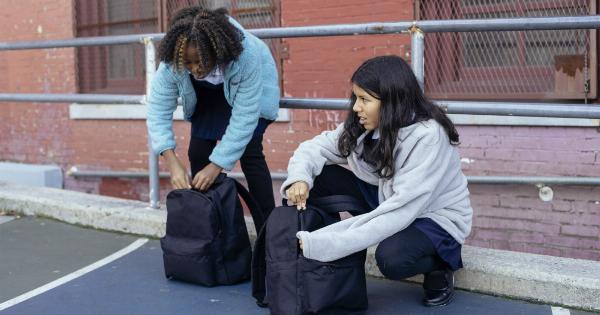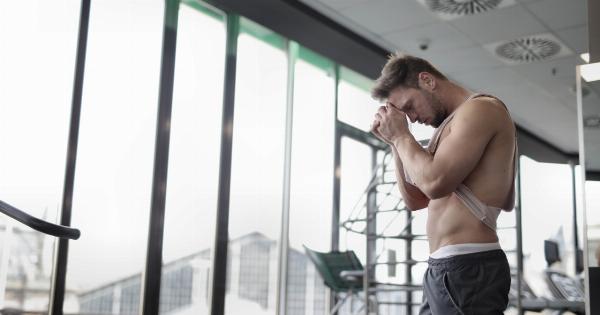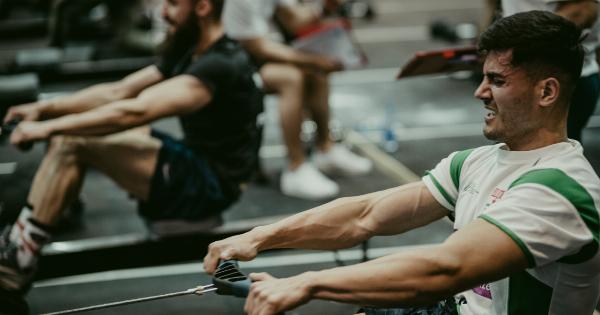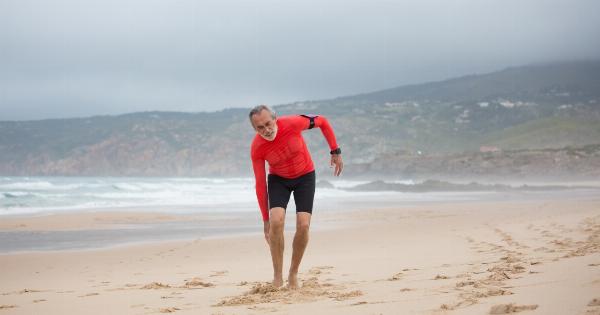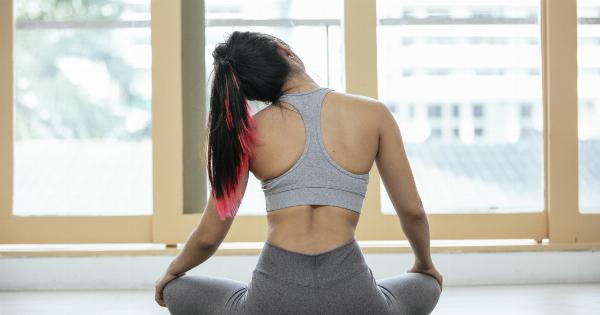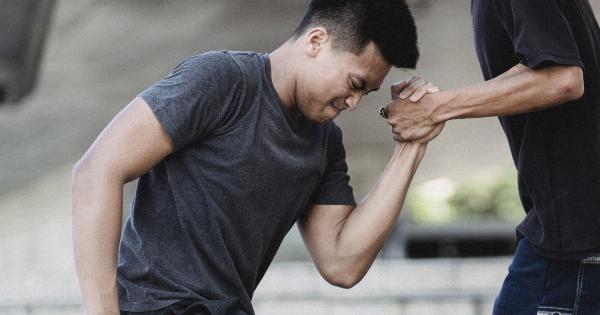A school bag is one of the essential items for every student. It helps keep all the necessary items such as books, notebooks, and stationery in one place.
However, carrying a heavy school bag can cause several problems that can affect the health and well-being of children. In this guide, we will discuss some of the ways to prevent problems with your school bag.
Choose a backpack with padded straps
One of the most important things to consider when buying a school bag is the type of straps it has. Backpacks that have padded straps provide comfort to the shoulders and help prevent pain from carrying heavy loads.
These types of bags can evenly distribute the weight, which helps prevent muscle fatigue.
Use both straps
Many students prefer to use one strap of their backpacks, but that is a mistake. Carrying a backpack using one strap can cause muscle fatigue, and it can also lead to an imbalance in the weight distribution.
Using both straps evenly distributes the weight, and it can help prevent shoulder and back pain.
Pack only necessary items
Overloading a school bag is one of the significant causes of muscle pain and fatigue. As a student, you should only pack the necessary items in your backpack, such as books that you will need for the day.
Try to leave unnecessary items at home or in your locker to help lighten the load and prevent muscle pains and fatigue.
Use a backpack with waist and chest straps
A backpack that has waist and chest straps helps keep the backpack close to your body, thus preventing the backpack from pulling on your shoulder muscles. These bags also help distribute the weight, which can help prevent muscle fatigue.
Adjust the backpack straps
It is crucial to adjust the straps of the backpack to suit the student’s height and body type. Loose straps can cause the backpack to pull the student backward, while tight straps can cause muscle fatigue.
Ensure the backpack sits comfortably on the shoulders and does not pull the student backward or forward.
Lift the backpack properly
It is essential to use the correct technique when lifting and putting down the backpack. When lifting, bend your knees and use your legs to lift the backpack instead of using your back. It will help prevent muscle strains and back pains.
Take breaks
If possible, take breaks during the day and rest your shoulders and back. It can help prevent muscle fatigue and pain from carrying the backpack for an extended period.
Try to find a suitable place to put down the backpack and stretch a bit, which can help relieve tension on your muscles.
Organize your backpack
Organizing your backpack can help prevent unnecessary strain on the muscles. Try to arrange heavier items at the bottom of the backpack and lighter ones at the top.
It can help maintain the backpack’s center of gravity and avoid unnecessary muscle strain.
Avoid carrying backpacks over long distances
When carrying a heavy school bag, avoid walking long distances. It can cause muscle fatigue and back pain. Try to limit walking distance when carrying the backpack and consider using a locker or storage area if necessary.
Conclusion
Carrying a heavy school bag can cause several problems for students, including muscle pain and fatigue.
However, following the above guidelines can help prevent these problems and ensure that students carry their backpacks without experiencing any pain or discomfort. Remember, choosing the right backpack, packing necessary items, using both straps, and taking breaks can help prevent any unnecessary strain on their back and shoulder muscles.

